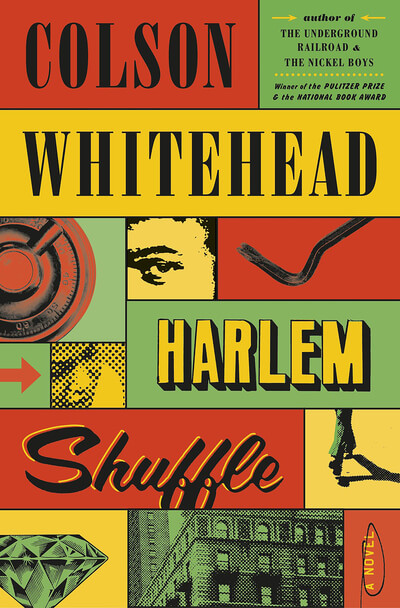Religion is a motivating force in the lives of millions of people, for good or for ill. In these three books, characters’ religious beliefs spur the action, influence major life decisions—or leave them with at least a shred of dignity under dire circumstances.
FBI-trained forensic artist Carrie Stuart Parks’ suspenseful novel, A Cry from the Dust, is inspired by a dark moment in history: the 1857 Mountain Meadows massacre, where a posse of renegade Mormons slaughtered a group of pioneers and tried to blame it on the Indians.
Gwen Marcey has no idea what she’s in for when she agrees to sculpt the death masks of three victims of the massacre. The forensic artist has taken the job at the Mountain Meadows Interpretive Center to pave the way for a return to a normal life after beating cancer. Mother of a stroppy teenager, ex-wife of a narcissistic best-selling author, owner of a pony-sized Great Pyrenees, Gwen is also intelligent, talented and amazingly perceptive. She will need all of her gifts to survive the mess she will soon find herself in: A remnant of a secret Mormon sect holds a grudge over the long-ago incident, and they want something from Gwen badly enough to kill.
Fortunately, our heroine is lucky even in her misfortune. As her Spock-like friend Beth says, “Everything happens for a reason.” Case in point: The ravages brought by Gwen’s cancer treatments—double mastectomy and hair loss—help her disguise herself during one of many close calls.
Besides having a resourceful and likable heroine, the book also features that rarest of characters: a villain you don’t see coming, but whom you hate with relish. Moreover, you think said villain’s crazy plans for world domination just might work. Let’s just say it’s amazing what some people think they can do with Semtex.
A Cry from the Dust will keep you hoping, praying and guessing till the end.
HOPE AND CHANGE
Philip Gulley’s latest novel, A Place Called Hope, begins propitiously. You’re about six pages in when you realize there are about a half dozen characters you want to smack. This might even include the lovable protagonist, Quaker minister Sam Gardner. That’s because everyone in his small town is pleased to walk all over him, from his wife to his secretary to the church elders.
Sam seems content to tolerate the abuse, until he isn’t. The last straw comes when, as a favor to another minister, Sam presides over a same-sex wedding at the Unitarian church. It gives his church elders the excuse to fire him that they’ve been looking for. It’s no wonder that he fantasizes, for a hot second, about writing a novel about a pastor who slaughters the elders of his church and stows their carcasses in a freezer.
But no matter—Sam finds another meeting to pastor, even though it does only have 12 members. Why, when it used to have more than 100, is one of the mysteries Sam needs to suss out. Gentle and humorous, A Place Called Hope strikes the reader as a sort of extended episode of “Leave it to Beaver” with email and smartphones. That, by the way, is a compliment.
HISTORY'S LESSONS
Though much has been written about World War II, the fight against Japan is often overshadowed by stories of Nazi brutality. This novel changes the balance. A little more than halfway through Sigmund Brouwer’s heartrending Thief of Glory, the sadistic director of a Japanese concentration camp in what was then Dutch East India demands that every girl over the age of 16 be turned over to him as a concubine. The women decide to refuse, knowing it may cost them their lives. Then, they break into “Amazing Grace.”
Though this is the most overtly religious scene in Brouwer’s book, faith pervades the narrative of this Empire of the Sun-like tale of Jeremiah Prins’ childhood in a Jappenkamp. We see it in the piety of the Prins family before they are torn asunder by the occupation. We see it in Jeremiah’s repudiation of his faith after he’s lost everything, and his struggle to get it back.
The author of more than 30 novels, Brouwer based this novel partly on his father’s own experiences in Indonesia during WWII. Not just a book about faith, Thief of Glory is also about redemption and forgiveness.
This article was originally published in the October 2014 issue of BookPage. Download the entire issue for the Kindle or Nook.






 2015 BookPage Summer Reads
2015 BookPage Summer Reads












